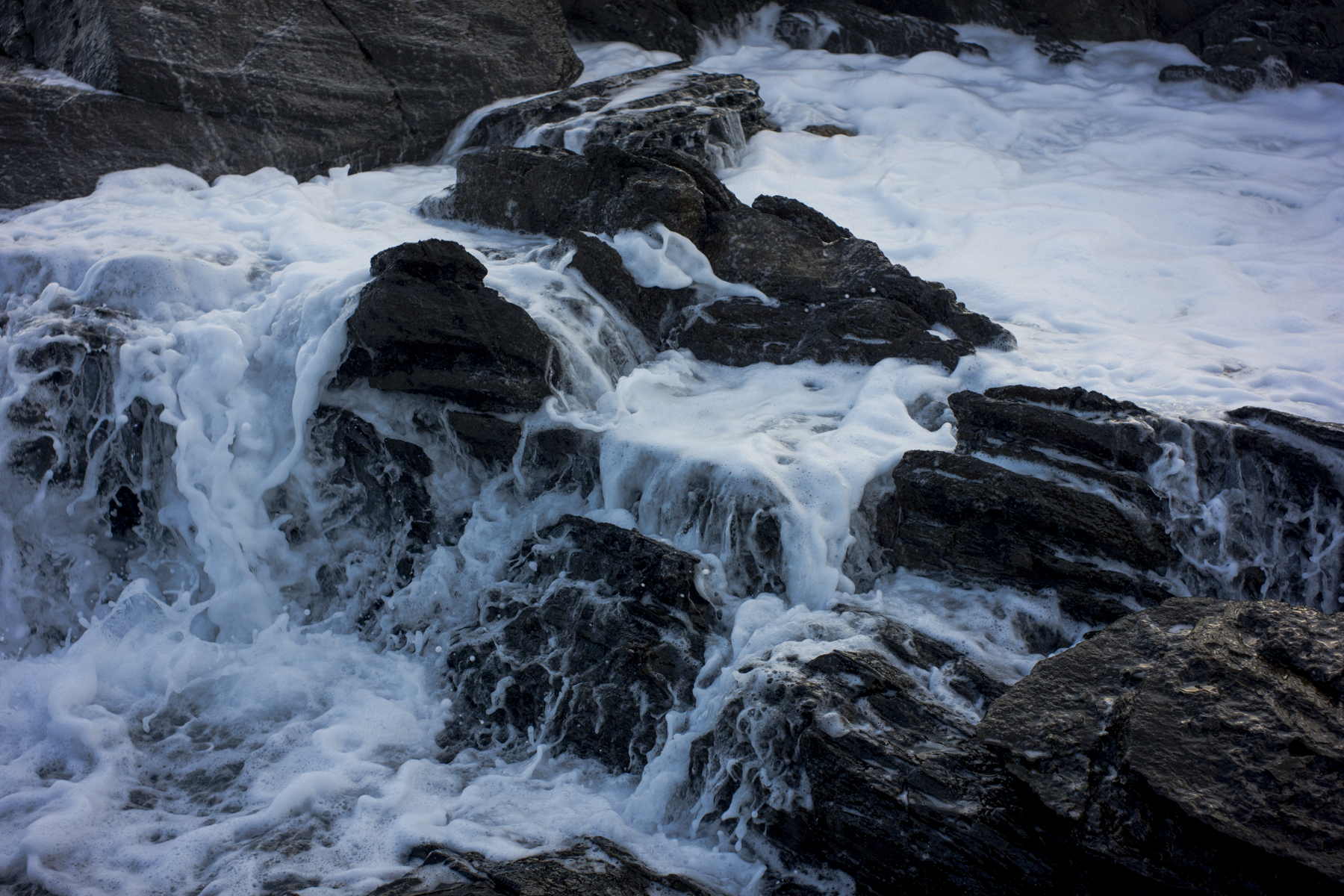My days of late have been taken up with scanning some of the old 35mm + medium format negatives, plus some of the medium format film that I took earlier this year. Scanning sure is a time consuming business. In terms of workflow it is probably better to shoot a couple of rolls of film, have it processed, then scan it; rather than allow the rolls of film to build up to 30 or so.
I’m not persuaded that the combination of 35m film plus a flat bed scanner, such as the Epson V700, is better than its digital equivalent. People do use a dedicated film scanner–eg., a Nikon 5000— for 35mm film to improve the quality of the scan. However, if 35mm is the format of choice, then it would probably be better to invest in a top end, full frame, DSLR and some really good glass.

Maybe 35mm film would be the equivalent of a high end DSLR if I used a really top line desktop scanner (such as the Imacon Flextight 949 Film Scanner or the Flextight X1); that is, the ones the pro labs use. However, these are a big dollar investment for just 35mm, and it is hardly worth the investment for that format. Those photographers who don’t have high volume requirements will not be able to justify the cost of these pro scanners. They are designed for Photo Labs, Printing Bureaus and professionals that need to scan hundreds of negatives each week or day.
If 35mm is the format of choice, then clearly, it is more worthwhile to shift to, and work with, the new technology. It would be easy to work within, and around its limitations with good image editing software.

